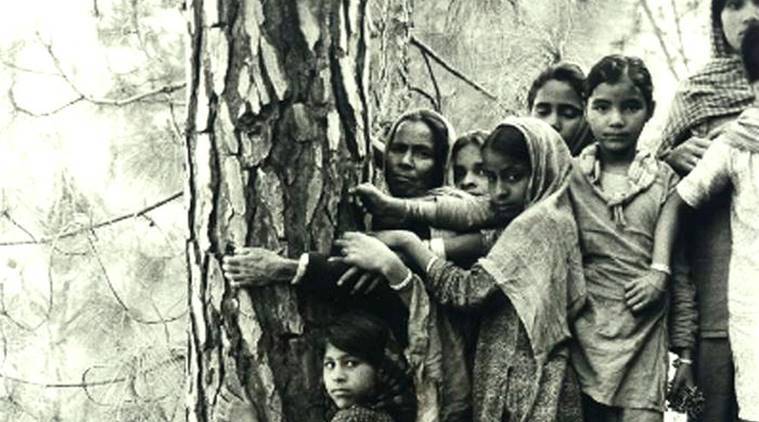Free Courses Sale ends Soon, Get It Now


Free Courses Sale ends Soon, Get It Now



Copyright infringement is not intended
Context: Women in Chhattisgarh recreate ‘Chipko movement’ to save Hasdeo Aranya. Activists claim more than 200,000 trees spread across 841 hectares of forest will have to be chopped down for the mining projects planned in the area.
About Hasdeo Aranya:
About Chipko movement:
Original Chipko Andolan:
A Women’s movement:
Sunderlal Bahuguna contribution:
https://www.downtoearth.org.in/news/forests/women-in-chhattisgarh-recreate-chipko-movement-to-save-hasdeo-aranya-82597
© 2024 iasgyan. All right reserved